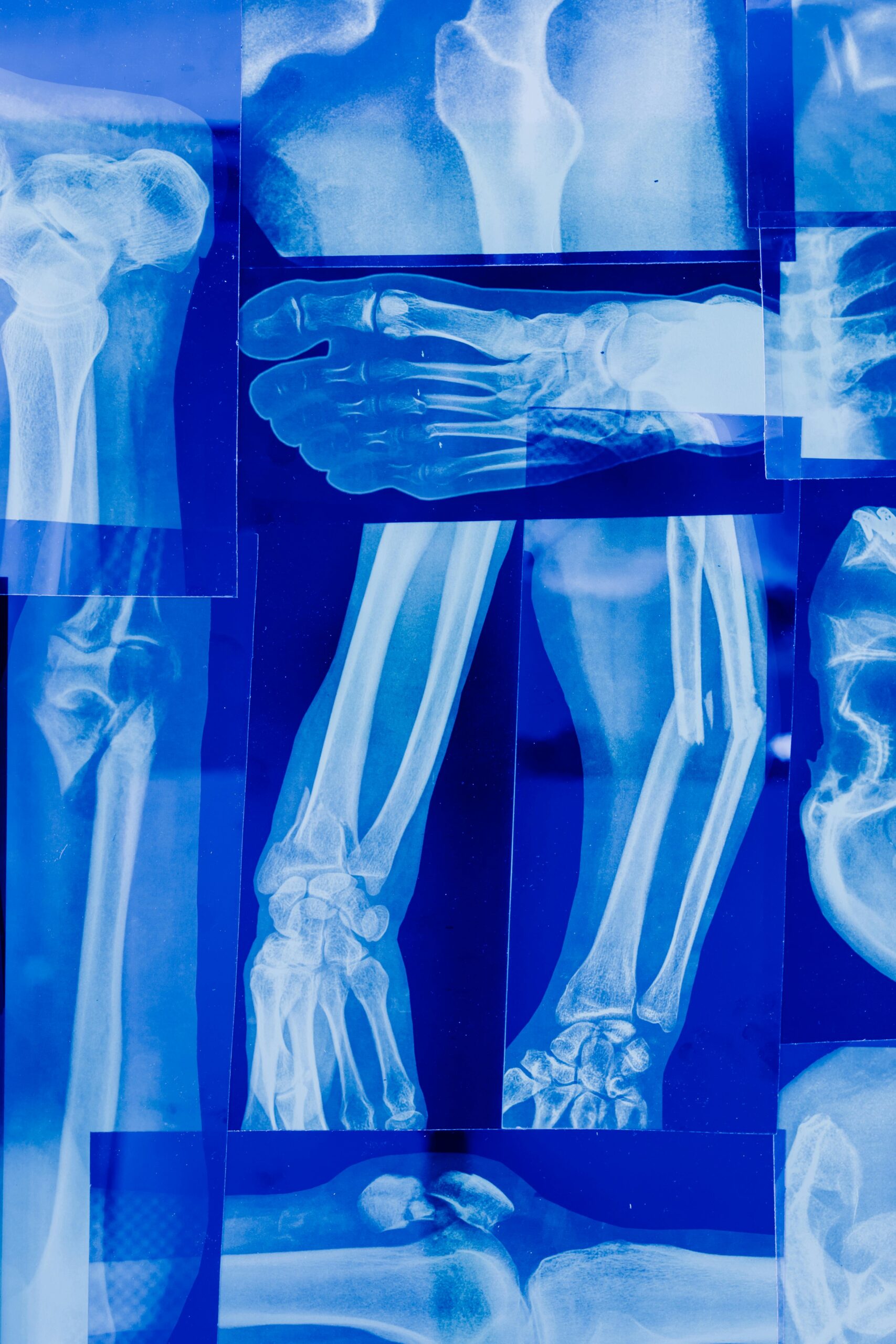In this article, we will explore real-life GBH Section 20 case examples and how they have shaped the way we understand GBH offences of this nature. By examining these cases, we can gain insights into the elements that constitute this offence and the legal principles that guide its prosecution.
Whether you’re a law student, legal professional, or someone looking for real-life GBH Section 20 case examples, this article will provide valuable information and analysis. So, let’s delve into the world of GBH Section 20 case law examples and expand our understanding of this important legal concept.
GBH Section 20: What Does It Say?
Section 20 of the Offence Against the Persons Act is a law that aims to protect individuals from malicious and illegal harm or injury. It states that:
“Whosoever shall unlawfully and maliciously wound or inflict any grievous bodily harm upon any other person, either with or without any weapon or instrument, shall be guilty of a misdemeanour, and being convicted thereof shall be liable to be kept in penal servitude.” (Legislation Source)
When compared to a Section 18 GBH offence, Section 20 carries a lower sentence, with the potential maximum custodial sentence being set at 5 years.
It is important to note that Section 20 also covers emotional harm that may cause mental anguish, fear or distress, provided that there’s evidence that suggests such intended infliction of pain upon another individual. Therefore, perpetrators can be punished even if the physical evidence is absent. This serves as an effective deterrent to keep potential offenders from committing similar crimes against other targets in the future.

GBH Section 20 Case Examples
One of the best ways to understand a law such as Section 20 is to look at examples of cases where it has been invoked. Summarised below are several real-life scenarios that demonstrate how this act can be applied in practice.
Actus Reus of GBH and R v Brown and Stratton
The actus reus of an offence is the physical act itself, or the guilty act which makes up the offence. With regard to the offence of wounding or inflicting grievous bodily harm, the actus reus is broken down into four elements. Firstly, it must be established that a person has acted unlawfully. This means that any defence such as self-defence or valid consent must have been ruled out in order to make a finding of unlawfulness.
Next, it must be demonstrated that a person has either wounded or inflicted GBH on another person. It is not sufficient for someone to merely attempt to wound or cause GBH – they must actually be successful in doing so for this element of the offence to be fulfilled.
The final two elements of the actus reus relating to this particular offence are usually considered together, as one defines what constitutes ‘wounding’ and the other what constitutes ‘GBH’. Wounding refers to any breaking of another person’s skin so as to result in bleeding whilst GBH involves more serious harm and can include broken bones, concussions, damaged organs, and disfigurement caused by an action performed with intent or negligence. In both instances, there does not have to be any intent to kill for a person to be found guilty of this offence.
One notable case involving actus reus resulting in GBH under Section 20 is R v Brown and Stratton [1997]. Stratton’s father – who was transitioning from male to female – was attacked by the defendants and sustained facial injuries, a concussion and a broken nose, and lost several teeth. Stratton and Brown, with pre-meditation to cause harm to the victim, were intoxicated at the time of the attack.
Ultimately Lord Justice Potter ruled that when judging whether an attack amounts to GBH, a jury should consider the specifics of the case objectively based on the evidence rather than relying on the victim’s viewpoint subjectively. Consequently, though the injuries were found to cumulatively hold the potential to amount to GBH under section 20, the defendants were convicted under the lesser charge of ABH due to their intoxication at the time of the attack.
Mens Rea of GBH and R v Savage; Parmenter
Mens rea refers to the mental element of a crime. With regards to GBH under Section 20, the onus is on the prosecution to prove that either the defendant had intent, or did foresee, that their actions could potentially cause harm. There is no need to establish that the defendant specifically intended or anticipated that the illegal action could result in the severity of physical harm outlined in section 20. The defendant’s foreseeing of minor physical harm to a person is sufficient, as established in R v Savage; Parmenter [1992].
In R v Savage; Parmenter [1992], the courts had to consider the meaning of intent in two appeals. In Savage, the question related to physical harm caused due to beer being thrown at the victim, whilst in Parmenter rough playing led to a baby sustaining injuries. Lord Ackner held that GBH under Section 20 can be found in instances where the defendant foresees some type of physical harm occurring to the victim, rather than specifically intended to inflict the level of harm actually caused.
Ultimately, this means that a defendant can be convicted of GBH under Section 20 even if they had not intended to inflict such severe injuries. Instead simply foreseeing some level of injury or harm is sufficient to meet the requirement of intent under the mens rea element of GBH under section 20.
GBH Section 20: Interpretation of GBH as per R v Brown
An illustrative case highlighting the interpretation of Section 20 GBH is ‘R v Brown (1993).’ This legal precedent elucidated the principles underlying Section 20 GBH. In this case, the defendant, Mr. Brown, faced charges of Section 20 GBH following consensual participation in sadomasochistic activities with other adults, resulting in severe injuries. The case raised a pivotal question about the potential criminality of consensual acts under Section 20 GBH.
The House of Lords ruled that even in cases of consent, if serious harm occurred and malice was evident, prosecution under Section 20 was permissible. This landmark case established that Section 20 GBH could apply in situations involving significant harm, irrespective of consent, underscoring the paramount importance of harm extent and malicious intent in such cases.
Can Psychiatric Harm amount to GBH under Section 20?
The House of Lords in “Regina v. Burstow” and “Regina v. Ireland” made rulings that focused on the definition of harm under GBH Section 20.
In Burstow’s case, the defendant engaged in a campaign of harassment against the victim, resulting in significant psychiatric harm. In contrast, Ireland made a series of silent telephone calls to three different women, resulting in significant psychological harm for them.
The central legal question, in this case, pertained to whether the defendant’s actions could be classified as GBH in the absence of physical contact. The House of Lords, in their interpretation of the word ‘inflict’ in Section 20, found that there was thus no requirement that physical force is directly or indirectly applied. They ruled that psychiatric harm, if proven, could be considered GBH under Section 20, broadening the traditional definition of assault beyond physical harm.
This case holds significance in the legal context as it clarified the law on assault by acknowledging that causing severe psychiatric harm to another person can be considered GBH under Section 20. The case established a standard for addressing psychological harm and has potential consequences for prosecuting individuals who cause significant emotional distress to others.

Types of Injuries That Can Constitute GBH
Finally, to provide further insight into physical injuries and harm with intent that may amount to GBH under Section 20, here are a few instances that have been found to qualify as Section 20 GBH offences:
- Fractured Bones: Injuries that can lead to broken bones, including fractures in the skull or limbs
- Stabbings and unlawful wounding
- Injuries that lead to the victim sustaining a permanent impairment or disability; for example, loss of eyesight or sensory function
- Disfigurement
- Serious emotional distress or psychiatric injuries
- Post-Traumatic Stress Disorder (PTSD)
- Clinical depression
- Head injury/head injuries
These examples illustrate the various types and severity of injuries that can be classified as grievous bodily harm under Section 20. It is worth mentioning that Section 20 offences do not necessitate proof of specific intent to cause harm, thus making it a wider category compared to Section 18 offences, which necessitate an intent to cause grievous bodily harm. The seriousness of the injury caused and the circumstances surrounding the act play a significant role in determining the level of culpability and potential sentences for Section 20 GBH offences.
Conclusion
Though Section 20 GBH cases are considered a lesser offence when compared to a Section 18 GBH case, they can still carry a maximum sentence of 5 years. This is by no means the life imprisonment sentence feared by those facing a murder conviction but is still a potentially lengthy prison sentence.
When considering what length of sentence to enforce, a court will consider previous convictions, and any reasonable defences, and will consider all the evidence objectively.
Anyone seeking legal advice for offences of this nature should consider contacting a criminal Solicitor for professional and personalised advice.


